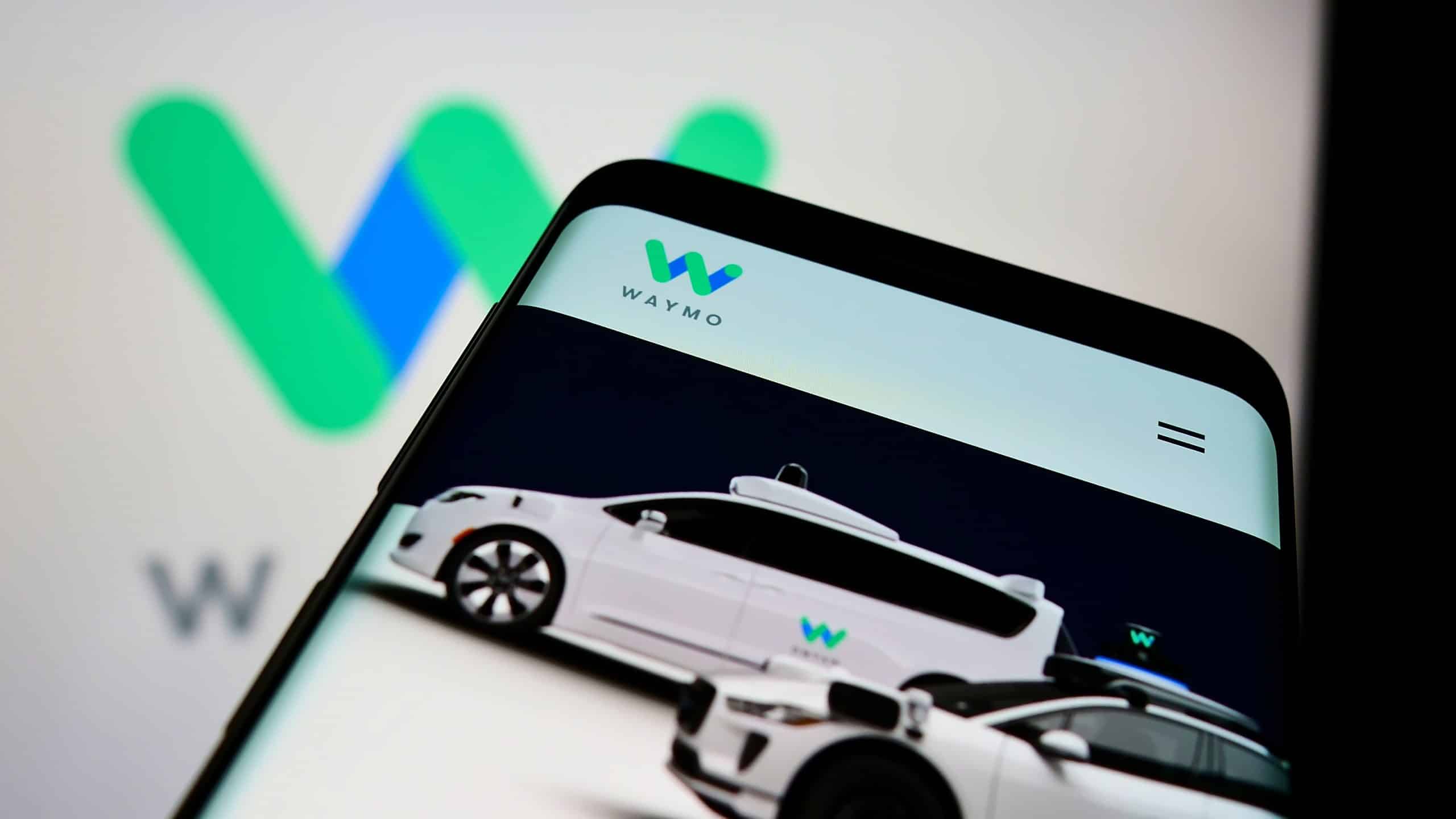The hype around autonomous vehicles has died down of late, but well-funded and determined competitors are still grinding away at the technology. In fact, AV players like Waymo are getting closer than ever to launching commercial ride hailing services.
But is that the right strategic choice? The theory of disruptive innovation can actually help us handicap who will win the autonomous ride-hailing battle.
Simply put, autonomous vehicle technology is a sustaining innovation relative to incumbent ride-hailing leaders like Uber and Lyft. AVs will help Uber and Lyft do what it already does for its customers, only better and cheaper (in the long run). That means that they will readily adopt them into their business models.
This means that if AV companies like Waymo and Cruise continue on the path of deploying their own ride-hailing services, they will engage in head-on, sustaining competition with incumbents. The theory of disruption predicts that this is likely to fail as Uber and Lyft will fight tooth and nail to fend off the upstarts. In fact, it could kick-off another round of profit eroding price cutting that the industry has been trying to climb out of the last few years.
We don’t know for sure what Waymo and Cruise will ultimately decide to do in ride-hailing. But the Theory of Disruptive Innovation would certainly recommend that they pivot to a strategy of partnering with existing ride-hailing providers as technologists.
If you’d like to learn more about how to make accurate, actionable predictions using innovation theories, join us for our executive learning course Disruptive Innovation: From Theory to Practice.
Our next session runs from March 21-25th.



